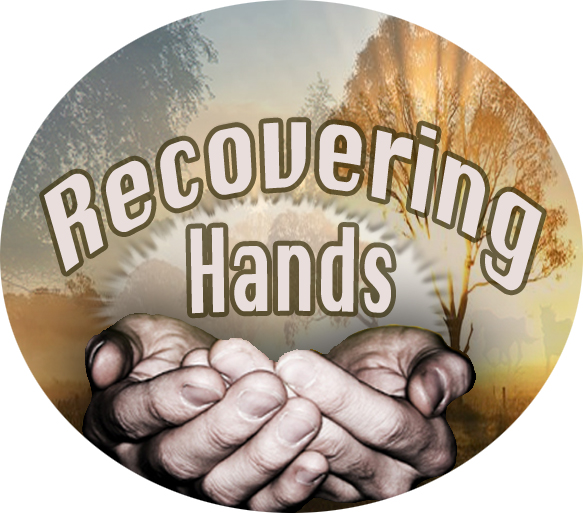Category: Uncategorized
-
Memorial for overdose victims set South Boston
http://www.sovanow.com/index.php?/news/article/memorial_for_overdose_victims_set_south_boston/
-
International Night Out
http://www.yourgv.com/news/local_news/international-overdose-awareness-day-event-brings-healing-hope/article_3d25a202-0c2c-11ec-8eda-73ba39155ccf.html?fbclid=IwAR1k4_X-UaT7x9AMZG8aAnCD9kii8a38BsH7Az1C7UvxbE7Jnnd2M6O7fBc#utm_campaign=blox&utm_source=facebook&utm_medium=social
-
Corona Virus Precautions
Recovery Hands response to the Corona Virus Pandemic At Recovery Hands the health and safety of our residents, volunteers, staff and recovering network is our top priority. There have been no cases of 2019 novel coronavirus disease (COVID-19) at Recovering Hands or the area in which we are located. To ensure the safety of our…
-
Recovering Hands In The News
https://www.godanriver.com/news/danville/as-country-tries-to-address-opioid-epidemic-number-of-overdoses/article_4ea5091e-349d-11e9-802a-63d8b8c608f7.html As country tries to address opioid epidemic, number of overdoses in Dan River Region continues its ascent Halle Parker Feb 19, 2019 Updated 15 hrs ago Although steps have been taken to limit the availability of prescription opioids as the epidemic gained more attention, the number of overdose-related calls and emergency room trips has continued…
